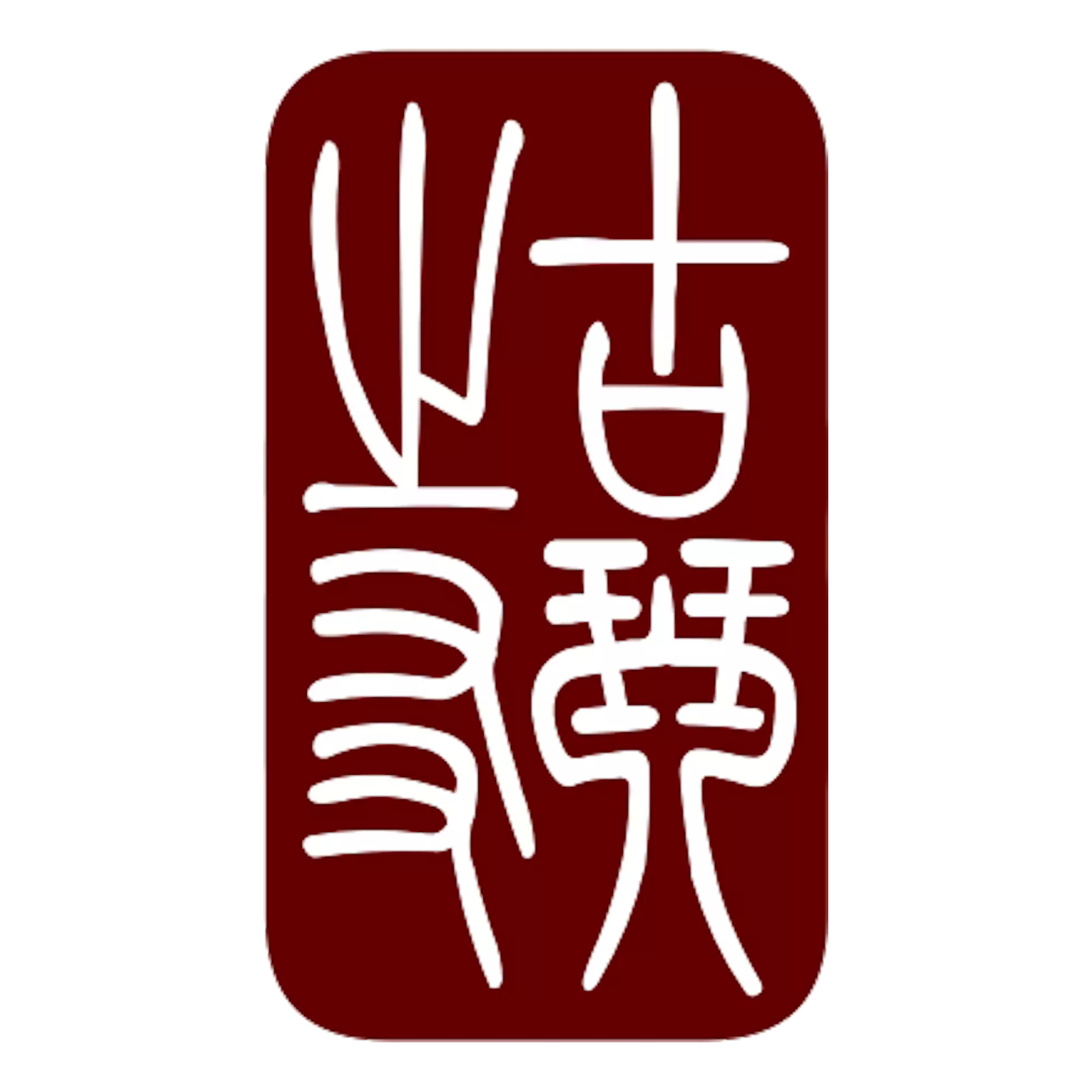The Metropolitan Museum of Art, also known as The Met, displays in its Fifth Avenue building three guqin, dating from the late 17th to the late 19th century.
“Friend of Harmony” (19th Century)#
The shape of the qin follows the banana-leaf style 焦葉式 jiaoyeshi, with its characteristic undulating sides. The materials are traditional: wutong wood, lacquer finish, mother-of-pearl for the thirteen hui (harmonic markers), silk strings, and jade feet.
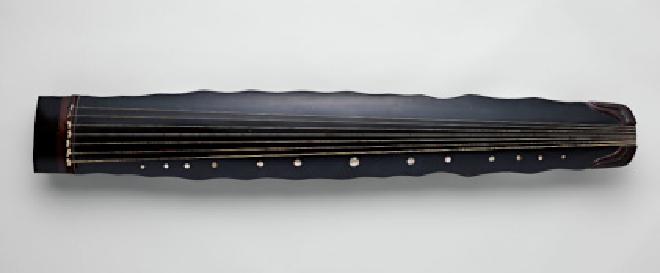
The name of this zither is engraved on the bottom of the instrument above the dragon pond: Friend of Harmony 韻友 yunyou in clerical script lishu. There are two additional distinct inscriptions below it. The one flanking the dragon pond bears the seal “Treasure of Xiangpu” and describes how the instrument was acquired in poor condition and restored by a craftsman in 1872.
The second inscription is a short essay engraved above the jade feet.
韻友韻友,流落云久。
辱在肆廛,與瓦缶為偶。
我今得子,珍若瓊玖。
三沐三薰,滌塵刮垢。
爐有香,樽有酒。
位子其間,香淂子以清,酒淂子以厚。
噫嘻吁!
高山棱棱,流水澄澄,鍾期往矣,古調誰聼。
吾將對画揮弦,日日使山鳴水應,與子結耐久之朋。
Friend of Harmony, friend of harmony, you’ve wandered among the clouds for so long.
Shamed, you lay amidst the hustle of the marketplace, paired with earthenware jars.
Now that I have you, I treasure you like precious jade.
I bathed you three times, perfumed you three times, cleansing dust and scraping away grime.
There is incense in the brazier, there is wine in the cup.
I place you between them, incense grants you clarity, wine grants you depth.
Ah! Oh!
The mountains rise majestic, the waters run clear. Zhong Ziqi is gone — who now will hear the ancient melodies?
I, before the paintings, will pluck your strings; day after day, I’ll make the mountains echo and the waters answer, and with you, I’ll forge a lasting friendship.
Visit the Met page for this zither
Unnamed guqin (18th Century)#
This qin follows the Confucian style (zhongnishi), one of the most common. The instrument bears no inscriptions, but is notable for its patina and faint cracks, known as duanwen.
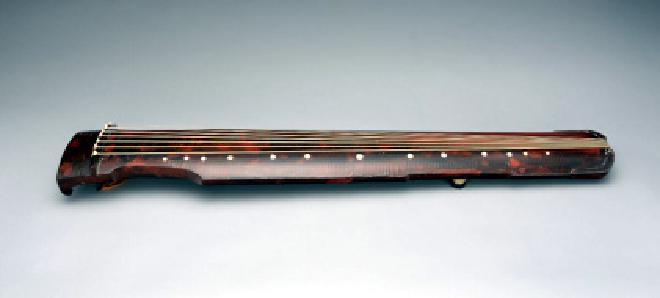
Visit the Met page for this zither
“Balance and Harmony” (17th Century)#
Zhu Changfang 朱常淓 (1608–1646), the last Prince of Lu 潞王, oversaw the crafting of over 300 guqin. Each one includes the characteristic seal of the Princedom of Lu and a serial number. This piece is number 18 and is dated to 1634 — the number is inscribed inside the instrument.
The qin is shaped in the Confucian style (zhongnishi). Materials are traditional: wutong and zi wood, lacquer finish, mother-of-pearl for the thirteen hui harmonic markers, silk strings and jade feet.
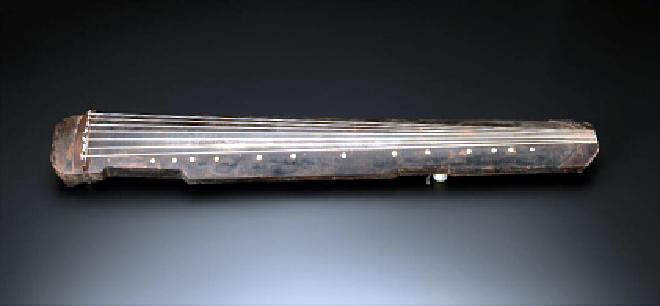
The name of this zither is engraved on the bottom side of the instrument, above the dragon pond: “Balance and Harmony” 中和 zhonghe. Below the title is a four-line poem signed by Jingyi Zhuren 敬一主人, one of the prince’s pseudonyms:
月印長江水
風微滴露清
會到無聲處
方知太古情
The moon reflects upon the Yangtze’s waters,
a gentle breeze touches the pure dew.
Only where silence reigns,
can the emotions of eternity be understood.
Just below the poem appears the seal 潞國世傳 luguoshichuan, which may be translated as “Passed down through generations in the Princedom of Lu.”
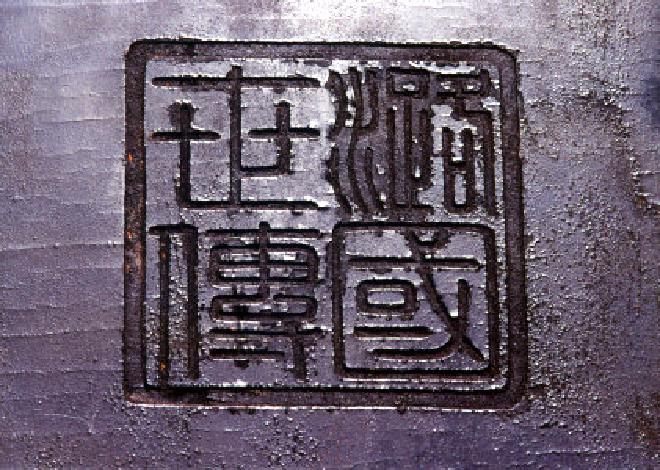
Visit the Met page for this zither.
Music performed on the Ming dynasty qin “Balance and Harmony”#
There’s a YouTube video where Jiaoyue Liu performs Autumn Wind Poem on this Ming dynasty zither.
